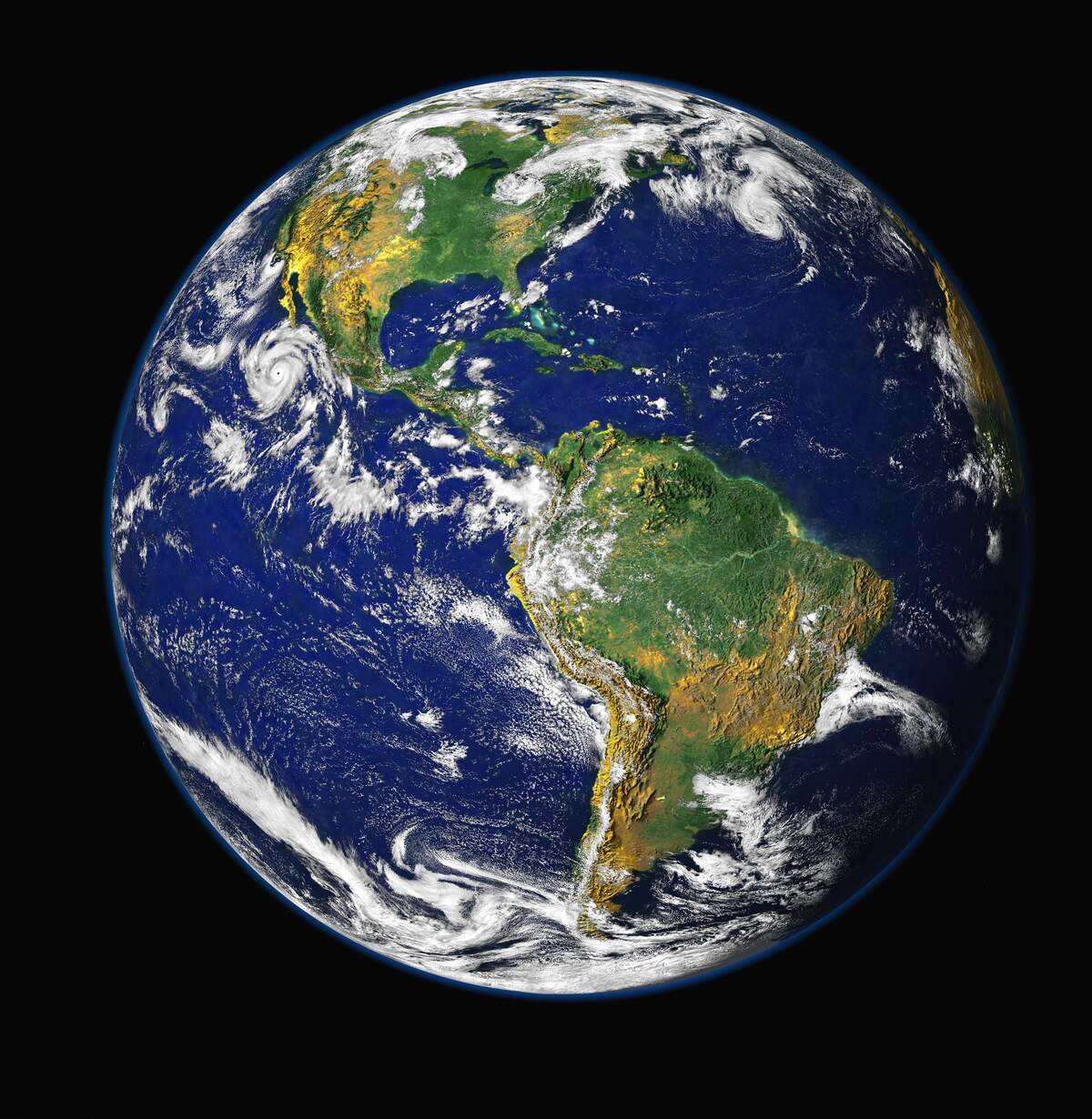

Kyoto Protocol Day
Observed
annually on February 16th
Dates
Tags
Environment & Conservation
Government & Politics
Health & Wellness
Hashtags
Sources
Kyoto Protocol Day honors the Kyoto Protocol, an international agreement to reduce greenhouse gas emissions that contribute to global warming. The day takes place on February 16, on the anniversary of the date that the Kyoto Protocol took effect in 2005. The protocol has been ratified by 191 countries and the European Union; it was signed by the United States, but not ratified, and they dropped out of the protocol in 2001. After initially participating, Canada has since withdrawn from the protocol.
Greenhouse gases, which include carbon dioxide (CO₂), methane (CH₄), nitrous oxide (N₂O), perfluorocarbons (PFCs), hydrofluorocarbons (HFCs), and sulfur hexafluoride (SF₆), lead to an increase in average global temperature, known as global warming. Some effects of global warming include a rise in sea levels that cause flooding in coastal areas and the disappearance of islands; the melting of glaciers, sea ice, and arctic permafrost; an increase in floods and droughts; and the possible increased extinction of between 20 to 30 percent of plant and animal species. The two largest contributors of CO₂, the number one greenhouse gas, are the United States and China.
The United Nations Framework Convention on Climate Change (UNFCCC) is an international environmental treaty that was adopted in 1992, and members of the treaty have met each year since 1995 at Conferences of the Parties (COP). Members adopted the Kyoto Protocol in Kyoto, Japan, on December 11, 1997, after over 150 countries attended the COP. Rules for the implementation of the protocol were discussed at the COP7, in Marrakesh, Morocco, in November of 2001. In order to take effect, the protocol needed to be ratified by 55 countries—those which had caused 55 percent of the world's emissions in 1990. On February 16, 2005, the protocol took effect, 90 days after being ratified by the requisite number of countries.
The first commitment period of the protocol was between 2008 and 2012, when 37 industrialized countries and the European Community, agreed to reduce greenhouse gases to five percent below 1990 levels. Over 100 developing countries, including China and India, were exempted from the treaty, although developing countries were asked to comply voluntarily. Therefore, most of the burden was on developed nations.
On December 8, 2012, at the COP18 in Doha, new commitments were made for Annex I countries—developed countries and "economies in transition"—for the second commitment period of 2013-2020. The new commitments called for greenhouse gas levels to be 18 percent below 1990 levels. This was called the "Doha Amendment." It also included a revised list of greenhouse gases and several other changes. Not all of the same countries were in the second commitment as those that were in the first.
In order for countries to reach their goals, they must mainly take national measures. Countries can also achieve their goals in three other ways:
- International Emissions Trading—Countries that have met their targets can sell their excess capacity to countries who have gone over their allotted amount of greenhouse emissions. Carbon dioxide is the main greenhouse gas, so people often say they are trading carbon. There are other units that can be sold besides emissions units, such as certified reduction emission credits.
- Clean Development Mechanism—A country with a commitment may implement an emission-reduction project in a developing country. An example would be building a rural electrification infrastructure with solar panels in a developing country. The country then would earn certified reduction emission credits that could be sold.
- Joint Implementation—A country may earn emission reduction units by an emission-reduction or emission removal project in another country.
Records of the emissions of each country are kept, as well as records of trades. This is regulated by the UN Climate Change Secretariat in Bonn, Germany. The Kyoto Protocol also helps countries experiencing climate change adapt to it.
The Kyoto Protocol has been seen as a landmark achievement, but some have been critical of it. After the first two years, many countries didn't reach their targets. Some critics said that even if all targets would have been met, the environment would not have been greatly improved, because China and United States—the top two emitters—were not bound by the protocol. Some said that even if the United States had participated, the effects would not be large enough to make a difference in global temperatures.
An agreement to create a new climate treaty took place at COP17 in 2011 and was reaffirmed at COP18 in Doha, Qatar, in 2012. The new treaty was to be agreed upon by 2015. It said major greenhouse-gas-producing countries that were not a part of the Kyoto Protocol, such as the United States, China, and India, would have to limit gases. It would fully replace Kyoto and go into effect in 2020. In 2015, COP21 took place in Paris, and all UNFCCC participants signed the non-binding "Paris Agreement," which would replace the Kyoto Protocol. In 2017, President Trump announced that the United States would withdraw from the treaty, but could not do so until 2020. The agreement limits warming to 2°C (3.6°F) below preindustrial levels, with a goal of keeping it at no more than 1.5°C (2.7°F) above preindustrial levels.
How to Observe Kyoto Protocol Day
Observe the day by looking for up-to-date information about the Kyoto Protocol and the Paris Agreement, to see what countries are participating, and if they are reaching their goals. Spend the day learning more about climate change and greenhouse gases, and what you can do to help build a more sustainable world.





















